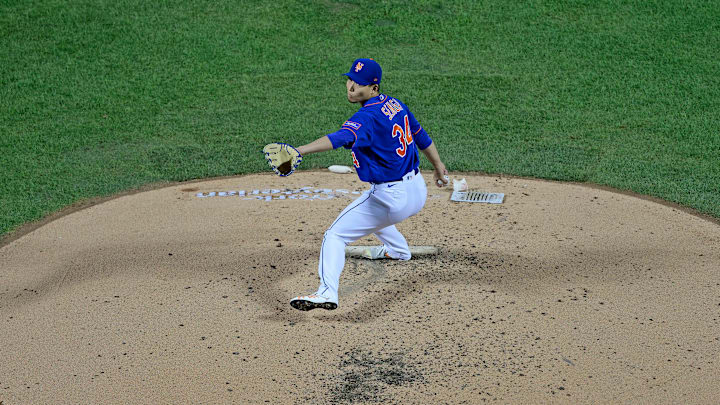Jose Quintana will have the most wins among the starting rotation
José Quintana missed much of the start of last season due to an injury that required surgery to treat a tickle injury in March 2023 that kept him out of the game until his return last July. After his return, Quintana posted a 3.57 ERA with 75 strikeouts in 75.2 innings pitched, achieving three wins in 13 outings.
After his debut with the Mets, the left-handed starter was one of the most consistent pitchers of the second half of the year for the team. During this period, Quintana managed to limit his opponents' hard-hit contact to a percentage of just 32.5%.
Quintana's effectiveness is given by the decision to use his sinker as his main pitch, which allowed a batting average of .198 with an SLG of just .253. Likewise, his curve generated the highest putaway among his pitches with a low launch angle and an SLG of just .268.
Despite coming off an injury, Quintana averaged almost six innings per outing last season, resulting in several quality starts. With a full year healthy, in the final year of his contract, Quintana would be the pitcher who would end up with the most wins in the rotation thanks to his ability to go deep in games and generate low power.
